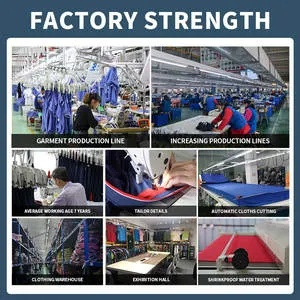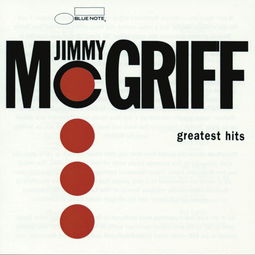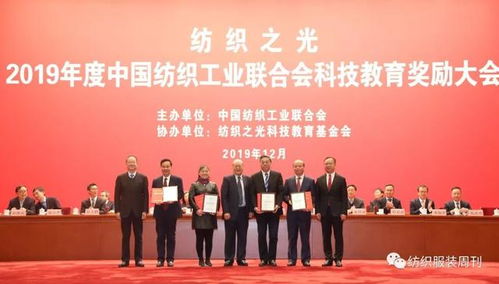The Elasticity of Textile Demand
This article explores the elasticity of textile demand, analyzing how changes in consumer preferences and economic factors influence the market for textile products. The study finds that while certain textiles may be more elastic than others, overall, textile demand is highly responsive to economic conditions, with consumers often opting for cheaper alternatives when times are tough. Additionally, the rise of environmental consciousness has led to a shift towards more sustainable and eco-friendly textiles, further impacting demand patterns. Overall, the article concludes that understanding the elasticity of textile demand is crucial for businesses looking to adapt their strategies to changing market conditions.
Introduction: The textile industry is a vital sector in the global economy, contributing significantly to employment generation and economic growth. However, it is also susceptible to fluctuations in consumer demand due to various factors such as economic conditions, fashion trends, and technological advancements. In this discussion, we will explore the concept of textile demand elasticity, which refers to how much a product's demand changes when there is a change in its price or quantity. We will use a table to illustrate some key points about demand elasticity in the textile industry and provide an example from the real world to demonstrate its practical implications.
Demand Elasticity in Textiles: Demand elasticity measures the responsiveness of consumers to price changes. It is expressed as the percentage change in quantity demanded divided by the percentage change in price. A high demand elasticity means that consumers are willing to buy more of a product when its price decreases, while a low elasticity indicates a lack of willingness to do so.
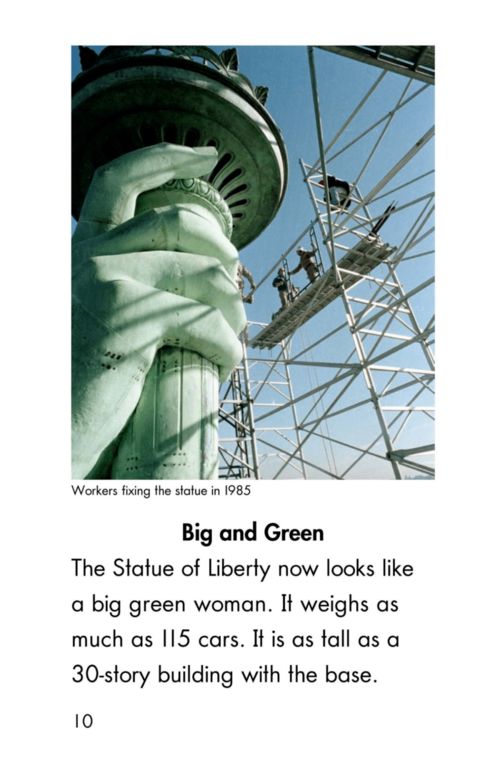
In the textile industry, demand elasticity can vary depending on a variety of factors, including the type of product, market segment, and competitive landscape. For example, luxury textiles may have a higher demand elasticity than basic clothing items, as consumers are willing to pay a premium for unique and high-quality designs. Similarly, specialty textiles such as eco-friendly and sustainable materials may appeal to environmentally conscious consumers, resulting in a higher demand elasticity.
One important factor that affects demand elasticity is the availability of substitutes. If consumers have access to a wide range of alternatives, they may be less responsive to price changes in the textile industry. For instance, if consumers can easily switch to other types of clothing or home furnishings, the demand elasticity for textiles may be lower.
Another factor that impacts demand elasticity is the level of brand loyalty among consumers. If consumers are loyal to a particular brand, they may be less responsive to price changes and be willing to purchase the same item even at higher prices. This phenomenon is known as brand loyalty and is often cited as one of the reasons for high demand elasticity in the textile industry.
Demand Elasticity in Practice: To illustrate the concept of demand elasticity in practice, let's consider the case of a popular brand of athletic wear. Suppose that the company experiences a decline in demand for its products due to increased competition from newer brands or changing consumer preferences. To address this issue, the company may consider implementing several strategies such as introducing new styles or colors, launching limited edition collections, or offering discounts or promotions.
These actions can potentially increase demand elasticity by appealing to consumers who are looking for unique or exclusive products. For example, introducing a new colorway or pattern could attract customers who were previously uninterested in the brand's offerings. Similarly, launching limited edition collections could create excitement and anticipation among collectors, leading to an increase in demand. Offering discounts or promotions can also encourage consumers to try out new styles or colors, thereby increasing overall demand.
Conclusion: In conclusion, demand elasticity is an important concept in the textile industry that can help businesses understand how their products respond to changes in price or quantity. By analyzing demand elasticity, companies can identify areas where they can improve their marketing strategies and increase sales. In the real world, many textile brands have successfully implemented these strategies to maintain or increase their market share. By understanding the factors that affect demand elasticity and being proactive in managing them, textile companies can better position themselves for success in today's competitive marketplace.
大家好,今天我们来探讨一下纺织品的需求弹性,在日益全球化的市场中,纺织品的供需关系经常受到各种因素的影响,其中需求弹性就是一个重要的指标。

纺织品需求弹性概述
纺织品的需求弹性是指纺织品市场对价格、成本、供需变化等因素的反应程度,纺织品的需求弹性与其所在行业的特点、消费者需求偏好以及宏观经济环境等因素密切相关。
纺织品需求弹性的影响因素
-
消费者需求偏好:不同消费者的需求偏好对纺织品的需求弹性有着重要影响,随着消费者对舒适度、时尚感、环保等需求的不断提高,纺织品的需求弹性也在不断变化。
-
宏观经济环境:经济周期、政策调整等因素都会对纺织品的需求弹性产生影响,在经济繁荣时期,消费者对高品质、高性价比的纺织品需求较高,需求弹性可能相对较大;而在经济衰退时期,消费者对价格更为敏感,纺织品的需求弹性可能相对较小。
案例分析
以某地区为例,近年来纺织品的供需关系发生了显著变化,随着环保意识的提高和消费者对健康、舒适度需求的增加,该地区的纺织品市场对环保型、功能性纺织品的需求大幅增加,随着技术的进步和生产成本的不断降低,一些传统纺织品的成本也在逐渐降低,这也使得纺织品的需求弹性有所提高。
纺织品需求弹性的评估方法
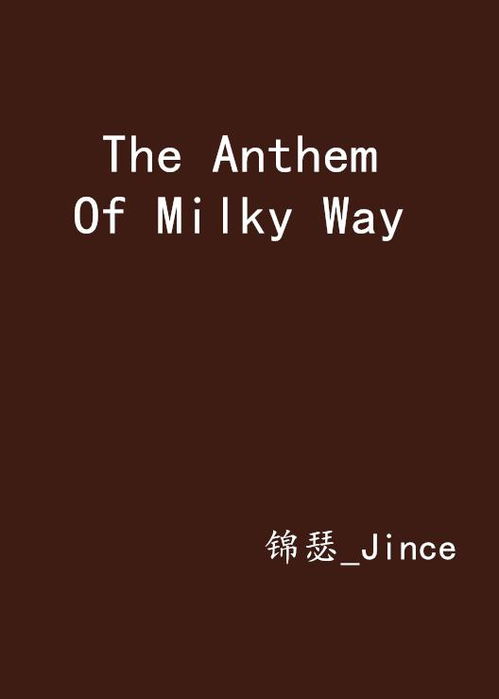
评估纺织品需求弹性的方法主要包括以下几个方面:
-
价格敏感性分析:通过分析消费者对纺织品价格的敏感程度,可以了解纺织品的需求弹性。
-
成本分析:通过分析纺织品的生产成本、原材料价格等,可以了解纺织品的成本结构,进而评估其需求弹性。
-
市场调研:通过收集和分析市场数据,了解消费者的需求偏好和市场的变化趋势,进而评估纺织品的需求弹性。
纺织品的需求弹性是一个复杂而重要的指标,它受到多种因素的影响,在纺织品的生产和销售过程中,企业需要密切关注市场变化,了解消费者的需求偏好和市场的变化趋势,以便更好地制定生产和销售策略,政府和相关机构也需要加强对纺织品的监管和管理,促进纺织品的健康发展。
在未来的发展中,随着环保意识的不断提高和消费者需求的不断变化,纺织品的需求弹性可能会继续提高,纺织企业需要不断创新和改进生产工艺和技术,提高产品的质量和竞争力,以满足消费者的需求,政府和相关机构也需要加强对纺织品的监管和管理,促进纺织业的可持续发展。
纺织品的需求弹性是一个复杂而重要的指标,它涉及到多个因素,在纺织品的生产和销售过程中,企业需要密切关注市场变化和消费者需求变化,以便更好地制定生产和销售策略,政府和相关机构也需要加强对纺织品的监管和管理,促进纺织业的健康发展。
Articles related to the knowledge points of this article:
Chinese Textile Industrys Environmental Requirements:A Comprehensive Guide
A Glimpse into the Dynamics of Suzhou Silk and Dyeing Market
The Global Trends and Influence of British Textile Sales in India
Understanding Color in Textiles:A Comprehensive Guide
Unveiling the Fabric of Success:A Strategic Guide for Textile Enterprises
Chinas Textile Industry:A Glimpse into the World’s Largest Producer

